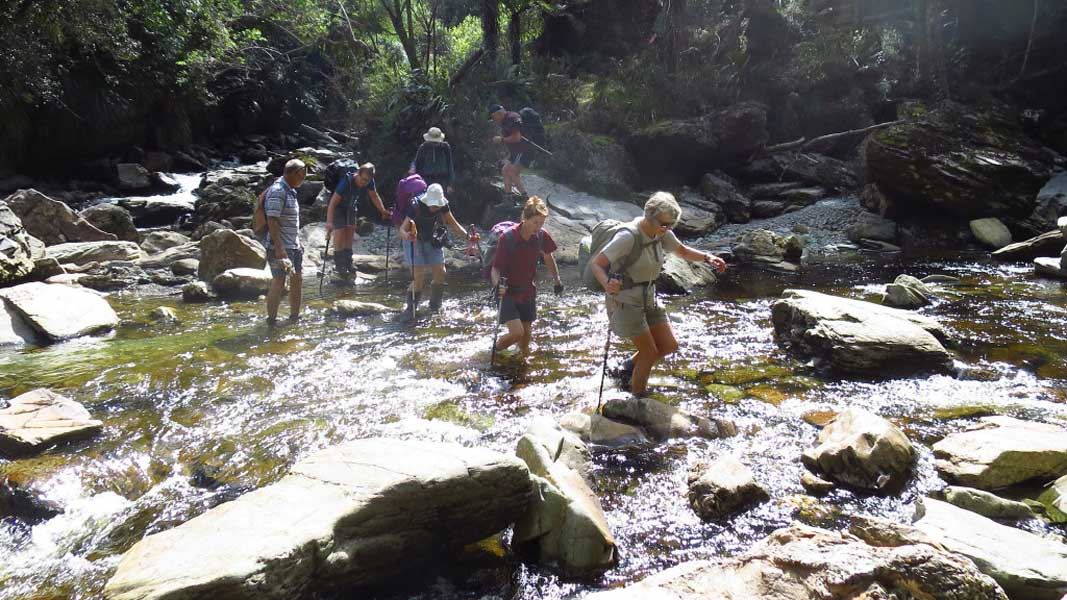
Located in Kahurangi National Park in the Nelson/Tasman region
Introduction
Beautiful native forest and gold-mining relics are the main attractions of the Kaituna Valley. To walk the whole track takes 8-9 hours, or there are shorter walks from 20 minutes to 2 hours.Stay safe in the outdoors
- Choose the right trip for you. Learn about the route and make sure you have the skills for it.
- Understand the weather. Check weather forecasts.
- Pack warm clothes and extra food. Check gear lists.
- Share your plans and take ways to get help. Share directly or use the Outdoor Intentions form or Plan My Walk. Take a distress beacon.
- Take care of yourself and each other.